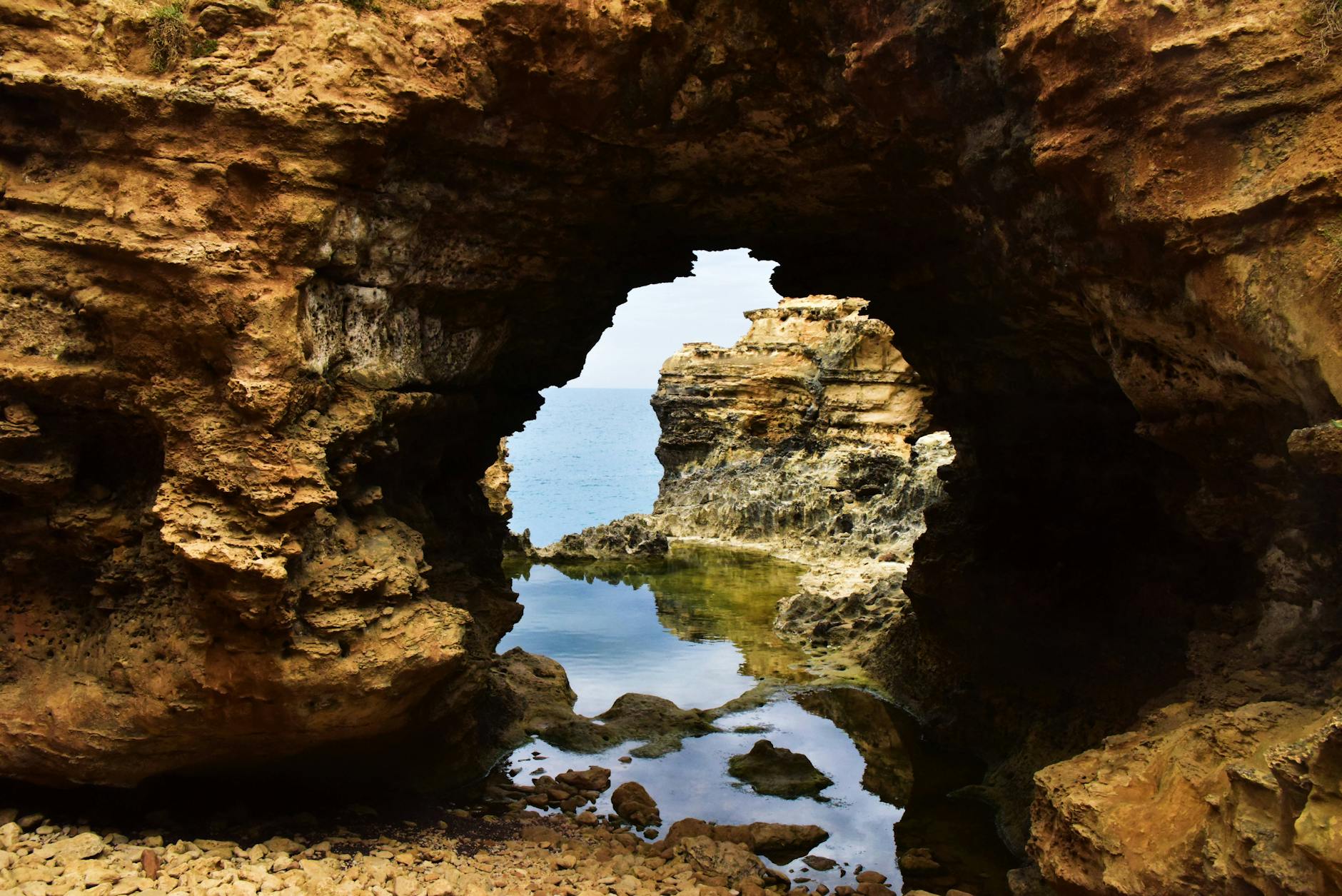What Every Young Environmentalist Should Know About Australia's Marine Biodiversity

Australia's Marine Ecosystems
Key Marine Habitats
Australia’s coastline, with its sprawling coral reefs and seagrass beds, is a treasure trove of marine biodiversity that's central to global ecology. These diverse habitats, spanning areas like the Great Barrier Reef and Port Phillip Bay in Melbourne, are crucial not only for their beauty but also for their role in maintaining ecological balance. Places like these are akin to nature’s classrooms, educating us on the importance of every species, from the tiniest plankton to the majestic dugong.
Unique Marine Species
Among the lush tapestry of life in Australia’s marine environments, you’ll find the stunning green sea turtles and the playful fur seals, staples at the marine exhibits of the Melbourne Zoo. This rich array of life extends to unique creatures like the weedy sea dragon and the giant cuttlefish, dazzling visitors with their vibrant colours and intriguing behaviours at the SEA LIFE Melbourne Aquarium. Observing such species brings awareness to the delicate balance and interdependency underpinning our ecosystems.
Role in Global Ecology
Australia’s marine areas hold massive importance on a global scale, offering vital insights into climate regulation. The preservation of these ecosystems is paramount not only for local conservation efforts but in shaping global environmental policies. Understanding these interconnected relationships allows us to advocate for sustainable travel, such as south american tours and galapagos tours, which balance exploration with conservation, echoing the ethos of tailormade south america adventures. Preserving these marine wonders resonates with our collective responsibility to safeguard the planet for future generations.
Threats to Biodiversity
Understanding the pressing threats to marine biodiversity in Australia isn't just essential—it's urgent. One of the most significant challenges comes from the relentless march of climate change, which manifests in rising sea temperatures and acidification. These changes are already causing coral bleaching and shifting marine species distribution. If you're interested in observing this first-hand, SEA LIFE Melbourne Aquarium offers educational exhibits highlighting these changes.
In addition to climate change, pollution is another formidable foe. Runoff from agriculture, plastic waste, and oil spills are some of the major pollutants that compromise marine habitats. The sheer volume of waste ending up in the ocean is alarming, impacting everything from surface waters to the abyssal plains.
Overfishing is yet another critical issue. The increasing global demand for seafood has led to the depletion of fish stocks, affecting not only targeted species but also the broader marine food web. Initiatives like those at Port Phillip Bay focus on promoting sustainable fishing practices to help alleviate this concern.
By integrating these insights with your passion for conservation, you can play a vital role in safeguarding Australia's marine diversity. Not to forget, planning thoughtful visits like tailormade africa and participating in eco-friendly machu picchu tours can underline the importance of ethical travel practices.
Conservation Efforts
Protected Marine Areas
Australia is home to a vast array of marine biodiversity, and its protected marine areas play a crucial role in conserving this wealth. These zones, such as the Great Barrier Reef Marine Park, safeguard delicate ecosystems from the threats of human activities and climate change. These protected zones ensure the survival of numerous species integral to our global ecology. In Melbourne, the educational initiatives at the SEA LIFE Melbourne Aquarium highlight the importance of such areas, showcasing how conservation strategies are implemented in real-world settings.
Community Initiatives
Community initiatives are driving forces in advocating for marine protection. Programs like those at Port Phillip Bay, where local groups engage in coastal clean-ups and restoration projects, exemplify community efforts. Such initiatives encourage individuals to participate directly in conservation, fostering a practical understanding of marine ecology challenges. These grassroots movements are essential in cultivating a collective responsibility to protect our seas.
Policy and Legislation
Policy and legislation are paramount in marine conservation efforts. Australian laws focus on implementing sustainable fishing practices and reducing pollution, significantly impacting marine environments. Influencing policy at governmental levels can facilitate long-term changes, underscoring the importance of informed advocacy. Those interested in supporting these causes might consider exploring South America tours and Arctic cruises that apply these principles, serving as models in the global push for marine protection.
How You Can Help
Sustainable Practices
Incorporating sustainable practices into our daily lives is crucial in reducing our environmental footprint. Simple actions like reducing water use, supporting local and sustainable businesses, or choosing public transport can make a significant difference. For those with a penchant for travel, opting for eco-friendly options is essential. Consider experiences such as gorilla trekking uganda or gorilla trekking rwanda, both of which emphasise conservation and provide funds for wildlife protection. By adopting sustainable practices, you're contributing to a more sustainable future.
Advocacy and Education
Being an advocate for marine preservation starts with education. Engaging with local initiatives, attending workshops at the Melbourne Zoo's marine exhibits, and participating in events at the educational facilities of SEA LIFE Melbourne Aquarium can broaden your understanding and allow you to share knowledge within your community. Social media platforms are powerful tools for spreading awareness about marine biodiversity and conservation needs. By sharing insights, updates, and resources, you can amplify your voice and inspire others to become advocates for the environment.
Citizen Science Projects
Engage with citizen science projects, which are pivotal in gathering data and supporting research. Programs that focus on tracking local marine life around Port Phillip Bay are a great start. Volunteering for beach clean-ups or contributing to biodiversity surveys can be both impactful and rewarding. These projects provide opportunities for individuals to contribute to scientific research and conservation efforts, empowering them to play a direct role in preserving marine biodiversity.
Common Mistakes
Misunderstanding Marine Ecosystem Dynamics
Many assume that marine ecosystems are simple and static, but they're as intricate as a fine tapestry. Each species, from tiny plankton to majestic sea turtles, plays an integral role in Australia’s marine ecosystems. At the Melbourne Zoo's marine exhibits, you can marvel at the delicate interplay of these species and begin to appreciate how disruptive a small change can be. The educational exhibits at SEA LIFE Melbourne Aquarium take it further, illustrating the complex food webs and the dynamic currents that govern marine life. Engaging with these resources helps dispel common misconceptions and fosters a deeper understanding.
Overlooking Local Action
While global efforts are crucial, neglecting local involvement in conservation can lead to missed opportunities right in our backyard. Young Australians can drive change through local conservation initiatives in places like Port Phillip Bay. Participating in coastal clean-up activities or volunteering with local organisations amplifies your impact. These efforts not only benefit marine life but also strengthen community bonds and foster a sense of ownership over our natural heritage.
Failing to Embrace Long-Term Solutions
It's tempting to focus on short-term wins, but sustainable change requires long-term solutions. This involves supporting policies that address marine biodiversity threats holistically. Advocating for marine protected areas and sustainable fishing practices are fundamental. Engage in citizen science projects geared towards long-term data collection, which can lead to informed policy decisions. Remember, our actions today set the foundation for a vibrant marine future.


